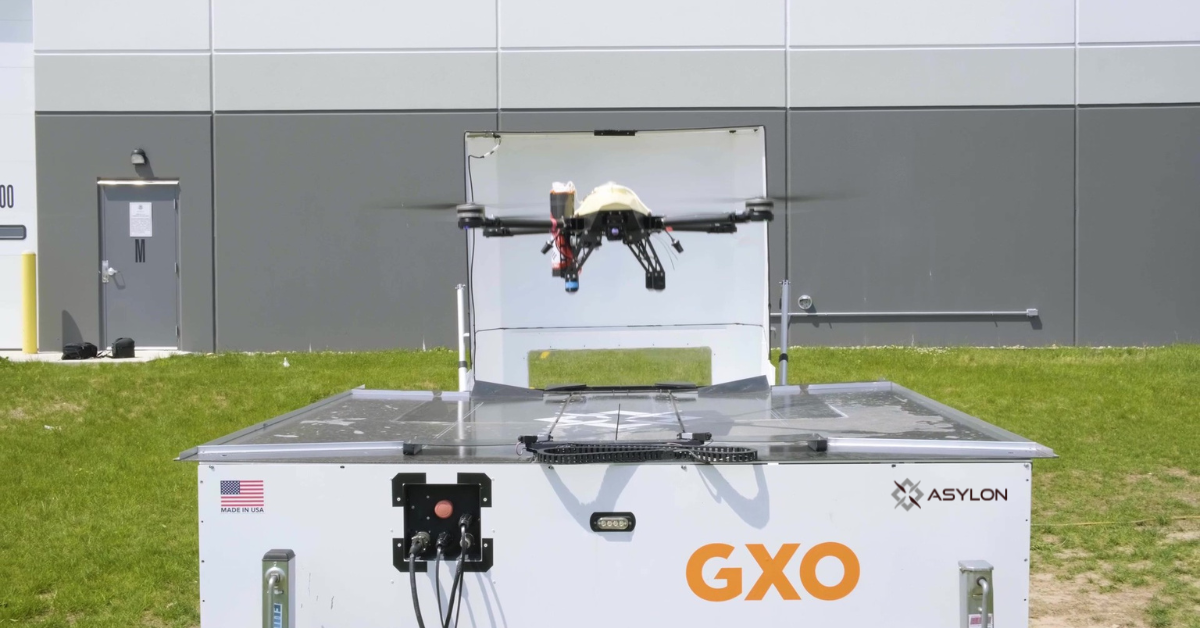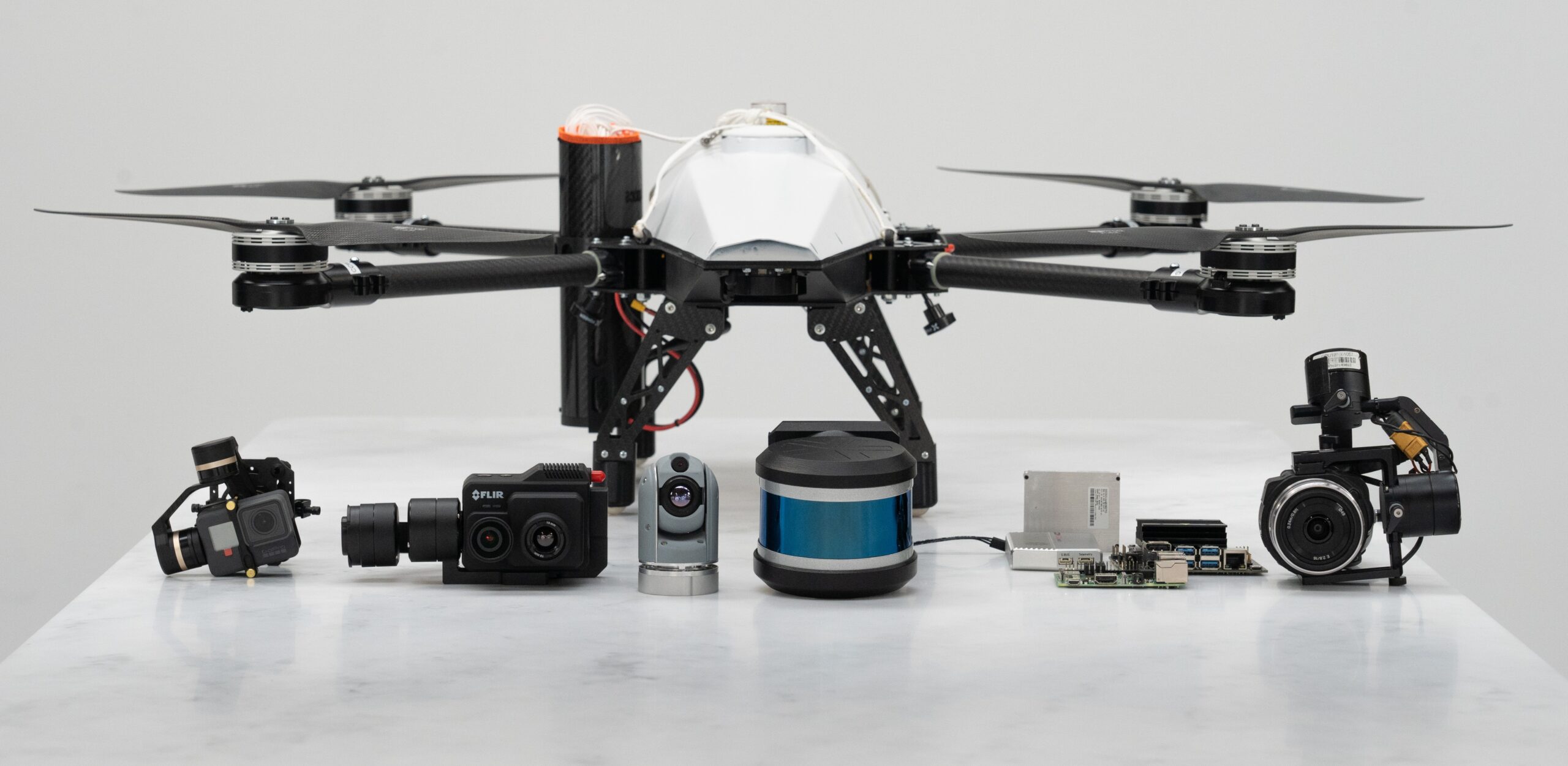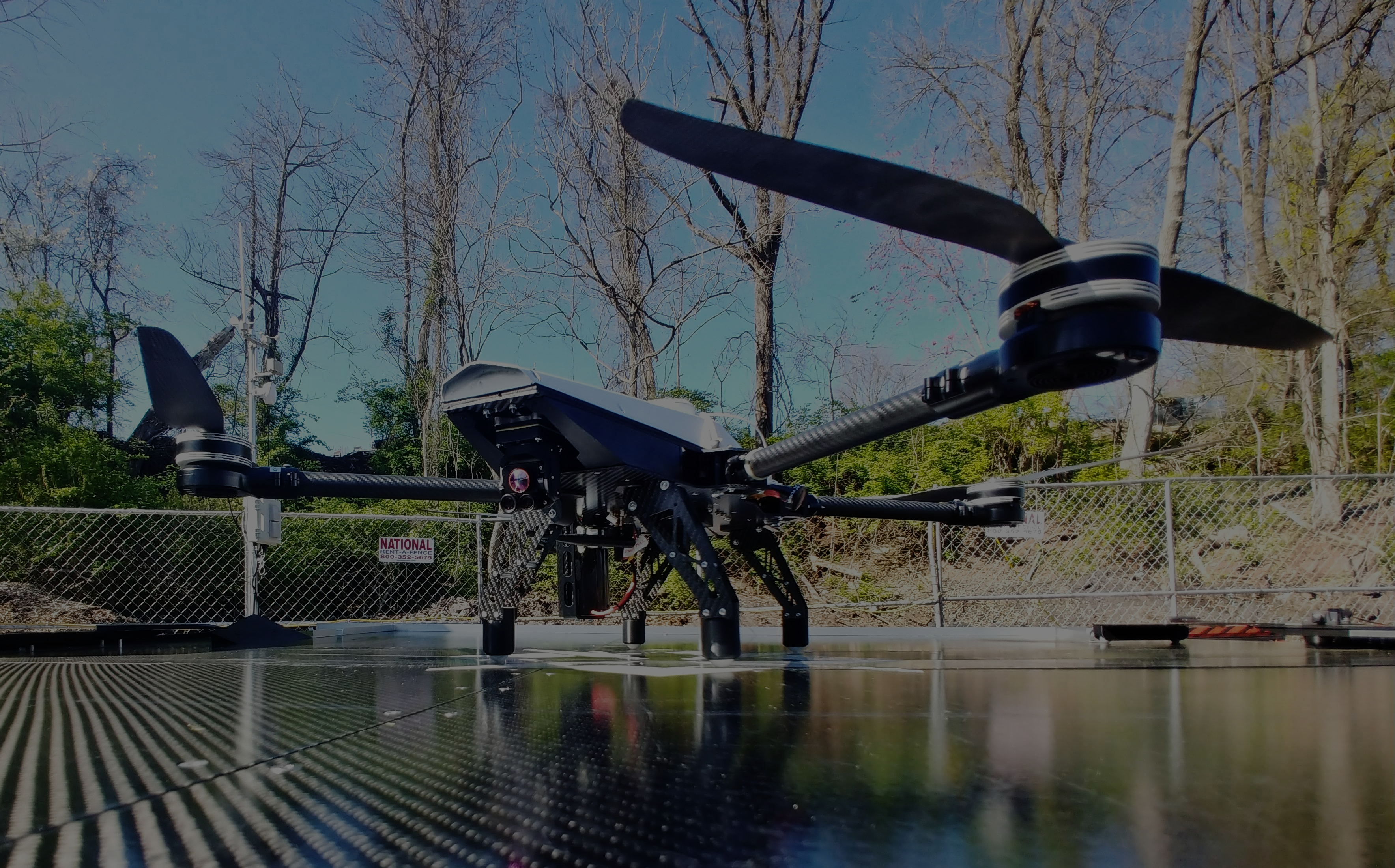What is Beyond-Visual-Line-Of-Sight (BVLOS)?
BVLOS refers to the operation of unmanned aerial vehicles (UAVs) or drones at distances beyond the operator’s viewing range.
Drone operations using BVLOS have several benefits over traditional line-of-sight flights. With BVLOS, you can operate a drone manually, automatically, or autonomously without a pilot on-site. Flights are more cost-effective and productive, allowing the drone to cover more area in a single flight. Since BVLOS flights require minimal human participation, the missions can be completely automated or loop in a human for decision-making as needed. Utilizing BVLOS can also make it easier to get to isolated or dangerous areas.
A BVLOS drone can be equipped with a camera that feeds a human operator an FPV (First-Person View) feed. This necessitates a low-power camera that does not significantly increase the drone’s power consumption, and a low-latency/high-reliability datalink between the drone and the operator.
BVLOS drones can collect data from onboard instruments and sensors for autonomous operations, allowing them to adapt to changing conditions and help with flight control. They can also have a long-range command-and-control interface with a ground control station through radio, cell phone, or satellite communication.
Why BVLOS is the Most Important Recent Breakthrough for the Security Drone Industry
 The purpose of automated security drone systems is to augment existing physical security postures like manned guard teams, sensors, and other data capture devices on site. With BVLOS, you are able to take advantage of the true efficiency of security drone systems by setting up central command stations that remotely pilot security drones. If someone is sick or unable to go to work on-site for some reason, there would be no operation interruption. Drone companies capable of operating BVLOS can maximize the technology and opportunity that drones can provide for security.
The purpose of automated security drone systems is to augment existing physical security postures like manned guard teams, sensors, and other data capture devices on site. With BVLOS, you are able to take advantage of the true efficiency of security drone systems by setting up central command stations that remotely pilot security drones. If someone is sick or unable to go to work on-site for some reason, there would be no operation interruption. Drone companies capable of operating BVLOS can maximize the technology and opportunity that drones can provide for security.
The utilization of BVLOS technology in the drone security industry has gained a lot of attention in the last few years. The market is increasing as the number of applications for these autonomous BVLOS drones grows, along with the desire to improve efficiency, productivity, and surveillance. By 2029, the global autonomous BVLOS drone market is expected to reach $34.65 Billion.
Drones are tightly regulated by the Federal Aviation Administration (FAA) which enforces laws and regulations for commercial drone operation in the U.S. Only a handful of companies have successfully navigated the regulatory environment to operate commercial drones at any kind of meaningful scale in the United States. Even though both hardware and software technology itself has progressed immensely over the last 10 years, regulations have been a consistent hurdle to overcome.
Arguably the most challenging of these regulatory hurdles pertain to operating beyond-visual-line-of-sight (BVLOS). Currently, an on-site pilot who can visually observe the drone is required. Special waivers from the FAA are required for BVLOS flying, and it takes being able to prove that you can do what you want to do, and do it safely.
When Can’t a Drone Fly?
Without a waiver, drones are subject to the following Federal Aviation Administration (FAA) restrictions which apply everywhere in the United States.
Co-Founder and Chief Operating Officer at Asylon, Brent McLaughlin explains how drone flights are regulated by the FAA. “Today, drones are operated commercially under what’s called part 107. It’s an FAA regulatory rule that dictates how these commercial drones can be operated today.”
FAA restrictions include:
- Drones must fly at less than 400 feet above the earth or structures
- Drones are not permitted to fly above people or moving automobiles
- Drones must be within your line of sight or the line of sight of an observer with whom you are communicating
- Drones are not permitted to fly over stadiums, national parks, or racetracks when activities are taking place
- Drones must give way to emergency vehicles and manned aircraft in order to avoid interfering with them
What Is an Automated Security Drone System?
 Automated security drone systems often include an element of artificial intelligence (AI), along with real-time aerial surveillance cameras and sensors.
Automated security drone systems often include an element of artificial intelligence (AI), along with real-time aerial surveillance cameras and sensors.
Automated security drone systems can be utilized for various surveillance and monitoring tasks, along with aerial photography and videography. As a result, drone systems can be a useful supplement to existing security systems where aerial surveillance is needed.
In describing why automated security drone systems help with security, Brent McLaughlin says, “they’re able to come in there and give an eye in the sky, different vantage points that you typically don’t get around most facilities from either CCTV cameras or roaming guards on the ground.”
Why Do BVLOS Drone Requirements Matter for Security?
Having the capacity to fly drones beyond visual line of sight (BVLOS) is an important factor in aerial security. It is where a significant amount of growth in the multi billion-dollar drone security sector will likely come from. Most security drone operations would benefit from BVLOS by being able to run more efficiently and cost-effectively, and by being able to surveil in areas where it would often be difficult to do without it.
In only a short time, drones have emerged as a revolutionary force for security and operations. Drone use in the security sector is a disruptive technology, with applications ranging from commercial security, public safety, and emergency response. Intelligence gathered during an on-site safety incident, such as a fire or active shooter, can be quickly relayed to the appropriate personnel for better responses.
 Flying BVLOS drones means that on-site security teams don’t have to rely on someone on-site being Part 107 licensed to be legally compliant with the FAA because the option for central command stations becomes viable.
Flying BVLOS drones means that on-site security teams don’t have to rely on someone on-site being Part 107 licensed to be legally compliant with the FAA because the option for central command stations becomes viable.
The next generation of drone security solutions will be possible because of BVLOS flights. It will improve monitoring and surveillance in areas that were previously difficult to access. Better access leads to an increase in overall safety which benefits everyone—workers, companies, and the customers they serve.
“It’s really the holy grail of our industry,” says McLaughlin.
Why You Should Demand a Path to BVLOS
Security teams can benefit an immense amount from automated BVLOS security drone operations. It is a new class of technology that has significant safety benefits. With it, BVLOS drone companies and their clients can discover better and more advanced security.
Because of the importance of beyond-visual-line-of-sight, there should be a clear-cut path to BVLOS. There is a market opportunity for security drone companies, and an opportunity to improve security for customers. There is no shortage of threats in today’s world, and technology as important to security as BVLOS should have a framework that allows for safe and attainable use and development.
How Asylon’s Recent BVLOS Waivers Impact the Security Industry
Currently, no one is legally permitted to carry out a BVLOS drone operation in the United States airspace without first receiving special, difficult-to-obtain permission from the FAA. Asylon has been granted such waivers, which will have a big impact on the security industry at large by providing new, agile, and aerial tools for remote operation and monitoring. Being awarded a waiver allows Asylon to further make developments with BVLOS and push the boundaries of the technology to improve safety and consistency.
Brent McLaughlin points out how rare these types of waivers actually are. “We were actually the first company to get multiple waivers of that complexity awarded. But I think it’s really great because it’s showing you the repeatability and the scalability of this process and is helping push the entire industry, and FAA, forward.”
“I think the hardest part to getting those [waivers] is proving to the FAA that what you want to do, you can do so safely, without someone standing there on-site to observe the operation”.
Asylon is an American-made security robotics company that understands the importance of these waivers and how they can positively impact security. Get in touch with us to learn about our robotic security systems. Or, learn more about the BVLOS waivers that Asylon received.

